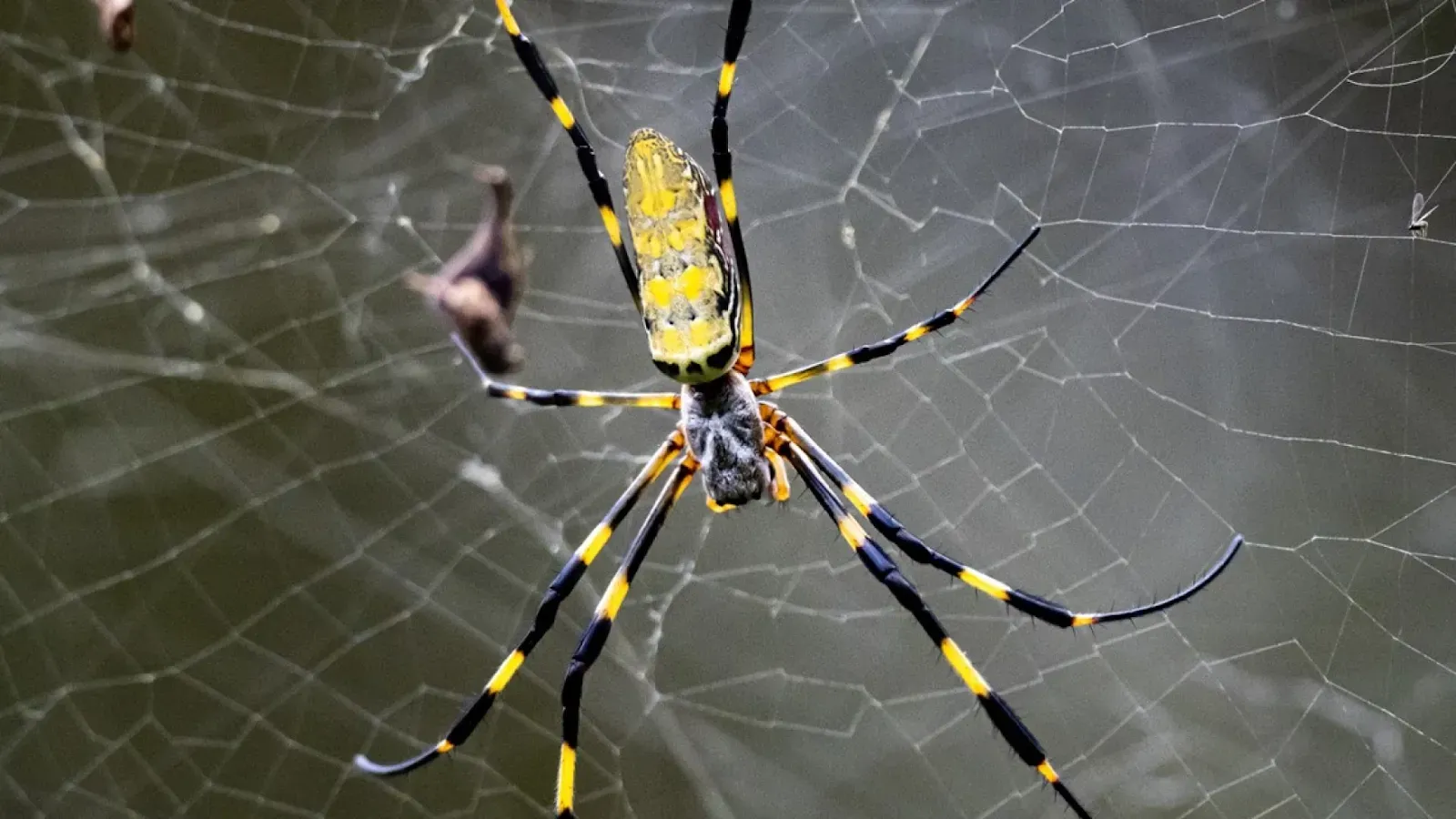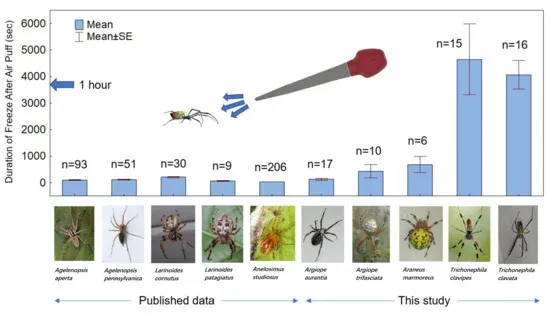New DNA testing shatters 'wild dog' myth: most dingoes are pure
Recent new findings illustrate the way a species will evolve by diverging into related species that may still be able to interbreed even though other indicators show that they should be regarded as a distinct species. It also shows how a single species can diverge into populations as the precursor to evolving into subspecies and then species.
How are dingoes unique?It also shows how, as science refines and improves its techniques, new information brings about a change of consensus in a classic example of scientific opinion changing when the information changes, unlike religion which needs to find reasons not to change its collective mind despite new information, or risk another fragmentation into mutually hostile sects.
Dingoes possess several unique characteristics that distinguish them from domestic dogs and wolves. These characteristics include:It's important to note that while these characteristics are typical of dingoes, there can be variations among individuals and populations. Additionally, some of these traits may be influenced by interbreeding between dingoes and domestic dogs, which can introduce genetic diversity into the dingo population.
- Size and Body Proportions: Dingoes are typically smaller than wolves and many domestic dog breeds. They exhibit a lean and agile body structure with a head that is broader and flatter than that of domestic dogs.
- Coat Color and Texture: Dingoes commonly have a sandy or reddish-brown coat color, although variations can occur. Their coat is usually short, dense, and well-adapted to the Australian climate. Some dingoes have a white chest and facial markings.
- Cranial Features: Dingoes often have a skull shape that is different from both domestic dogs and wolves. Their skull is generally longer and less domed than that of most dogs, with a narrower zygomatic arch (cheekbone) region.
- Dentition: Dingoes possess a unique set of teeth, including relatively large canine teeth and sharp carnassial teeth adapted for cutting flesh. Compared to domestic dogs, their teeth are generally larger and exhibit less size variation.
- Behavior and Social Structure: Dingoes are highly adaptable and display behavior suited to their semi-arid and arid habitats. They are generally more independent and less social than domestic dogs. Dingoes often live in small packs or as solitary individuals, whereas wolves form larger, more structured packs.
- Reproduction and Breeding: Dingoes typically have a different breeding cycle than domestic dogs, with a once-a-year breeding season. They also exhibit different mating behaviors and have fewer puppies per litter compared to many domestic dog breeds.
ChatGPT3 "What are the unique characteristics that distinguish dingoes from domestic dogs and wolves?" [Response to user question]
Retrieved from https://chat.openai.com/
The study is a re-examination and re-evaluation of the status of the Australian dingo, Canis dingo, in view of improved DNA testing. Using earlier techniques which involved comparing just 23 DNA markers, geneticists had concluded that there were very few pure-bred dingoes left as most had DNA derived from hybridization with feral domestic dogs, Canis familiaris. On that basis, the dingo was reclassified as a wild dog and an invasive pest, and several eradication programs were implemented.
But a new study, using newer techniques which enable the scientists to compare not just 23 but 195,000 DNA markers has revealed a very different picture. This shows not only that ingression of familiaris DNA has been very limited in some areas, but that the dingo species can be regarded as four distinct populations. In other words, not only is the dingo still a species distinct from feral dogs but the dingo species is showing early signs of speciating.
It is now accepted that dingoes have not evolved directly from wolves so are not a subspecies of Canis lupus but are descended from the Southeast Asian domestic dog, meaning they were taken to Australia by humans and have evolved to adapt to the Australian environment. They have also been there so long that they have become an important part of the Australian ecosystem as apex predators, so can't now be regarded as an alien species, unlike rabbits, rats, European foxes, mice, cane toads and domestic cats.
The new study, by geneticists from the University of New South Wales and Sydney University, NSW, Australia, with colleagues in the National Human Genome Research Institute, National Institutes of Health, Bethesda, Maryland, USA, is published, open access, in the journal Molecular Ecology.
Three of the scientists, Kylie M Cairns, Research fellow, UNSW Sydney, Mathew Crowther, Associate professor, University of Sydney and Professor Mike Letnic, Evolution and Ecology Research Centre, UNSW Sydney have explained their research and its significance for dingo conservation in an article in The Conversation. Their article is reprinted here under a Creative Commons license, reformatted for stylistic consistency.
























.webp)




